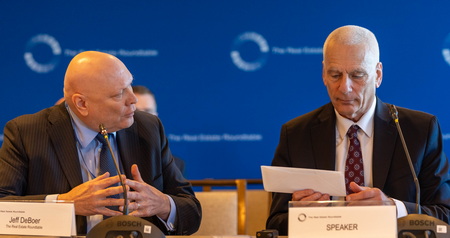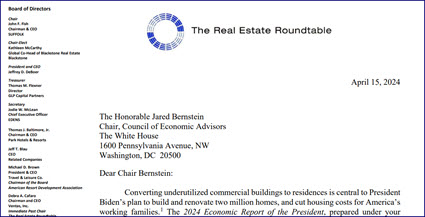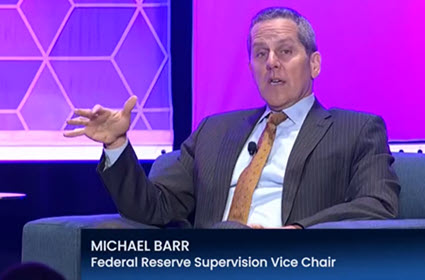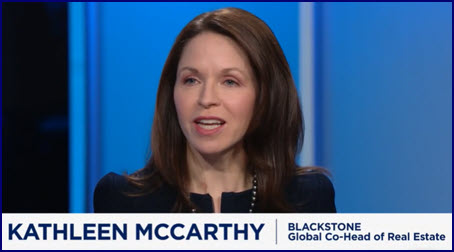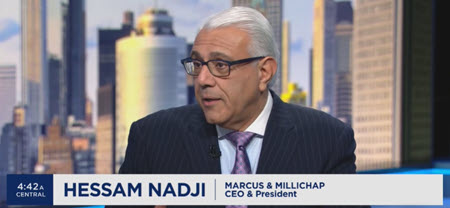
Office vacancy rates are beginning to show signs of easing as companies ramp up efforts to bring employees back to the office, fueling optimism across commercial real estate. The office sector also saw key highlights in property conversions and sustainability efforts this week.
Driving Factors
- Office leasing demand has seen a noticeable uptick, partially thanks to broader factors such as greater economic stability and a stronger push from companies for employees to return to the office. (The Business Journal, Oct. 14)
- A mix of lower office vacancy rates and high-profile return-to-office mandates, like Amazon’s, could help stabilize a sector still grappling with the remote work shift. (Roundtable Weekly, Sept. 20)
Market Sentiment

- Although vacancy rates remain a concern, leasing activity is up in major cities across the US, such as New York City, Washington, D.C., Boston, and San Francisco. (Boston RE Times, Oct. 4; GlobeSt., Oct. 14; SF Examiner, Oct. 15 | Bisnow, Oct. 16)
- As reported in our Q3 2024 Sentiment Index, which measures commercial real estate executives’ confidence and expectations about the industry environment, there is growing confidence in the future of the commercial real estate market despite ongoing challenges. (Roundtable Weekly, Sept. 6)
- The Roundtable’s Q4 Sentiment Index survey is currently underway and expected to be released in early November.
- Additionally, JLL’s latest Global Future of Work survey found that organizations are “planning to increase and rebalance organizational headcount in the coming years and many are ready to invest into their real estate, expecting to increase budget and footprint.”
- Over 60% of survey respondents anticipate increased workplace utilization in the next five years, prioritizing more efficient and responsible use of real estate assets. (JLL Survey 2024)
Property Conversions

- Office-to-residential conversions are gaining traction as a solution to address high vacancy rates and housing shortages.
- In 2024, the number of office spaces being converted into apartments increased to 55,000, a staggering 357% jump from 2021, according to data from Yardi Matrix. (New York Post, Oct. 14)
- Property conversions can be a cost-effective means to re-purpose assets, provide new, affordable housing, revive struggling city centers and small businesses, restore local revenue sources, and reduce energy consumption. (Roundtable Weekly, Oct. 4)
Sustainable Innovation
- Investments in sustainability efforts also reflect growing confidence in the industry rebound and stability heading into 2025.
- Yesterday, the White House recognized BXP, Clark Pacific, Turner Construction Company, and Weldon Development Group as innovative real estate firms “stepping up to the challenge” of integrating cleaner, low-carbon construction materials in their projects – to help combat climate change and boost U.S. economic competitiveness. (White House fact sheet, Oct. 16)
- “The Federal Buy Clean Initiative, and BXP’s aligned construction specifications, send a strong demand signal to concrete producers that helps drive market transformation,” said Ben Myers, Co-Vice Chair of the Roundtable’s Sustainability Policy Advisory Committee (Senior Vice President, BXP). “As an active developer, we are interested in cost-effective methods of supply chain engagement to create more sustainable outcomes.”
The Roundtable continues to advocate for energy-efficient solutions, supporting property conversions and innovative building methods that align with the evolving needs of modern offices. These efforts are essential to creating sustainable workspaces and revitalizing cities.

